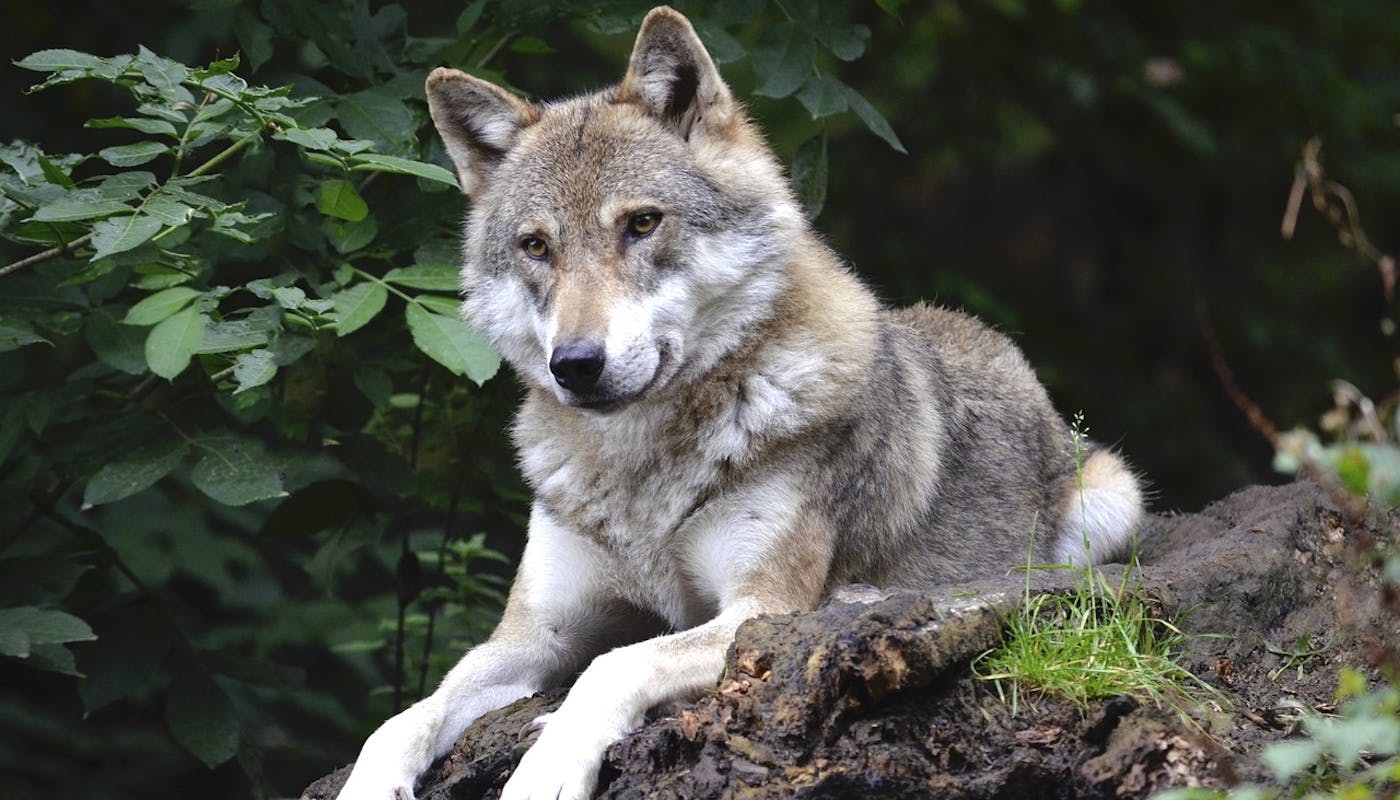What Is The Ancestral Diet for Dogs?
The Ancestral Diet is a return to our roots: choosing whole foods over processed options and eating with the seasons. If you’re considering an Ancestral Diet for your dog, it’s helpful to look at the ancestry of the domestic dog.
How Your Dog’s Diet has Evolved
The domestic dog evolved from gray wolves over the last 30,000 years, making it the only large carnivore to have been domesticated as a species. The dog’s journey from wild animal to home-loving companion has involved changes to their behavior, diet, and physiological functions.
The modern dog is a very distant (indirect) relation to the wolf, and one of the major differences between them is the shape of the dog’s skull.
Researchers at the University of Pisahttps://www.mdpi.com/2813-0545/2/1/7 examined a range of wolf and dog skulls from their museum. They found that the wolf skulls had large sagittal crests, supporting well-developed temporal muscles (used for chewing). Meanwhile, dog skulls had shorter nose lengths and smaller sagittal crests – and Brachycephalic breeds had almost none.
Looking inside the mouth, researchers found that wolf skulls had longer jaws with well-developed canines and ‘feral’ teeth. (Other researchers have noted that wild wolves are prone to cracking their teeth, probably because they crunch on bones.)
The dog skulls had the same types of teeth (the ones designed for carnivorous mammals). But, as dogs had become smaller than wolves, they also had smaller jaws and teeth. After domestication, dogs didn’t need to hunt and prepare their prey, and they became used to softer foods.
So… Does the Ancestral Diet Work for Dogs?
The Ancestral Diet for dogs means a return to more ‘natural’ foods, such as raw meat – eliminating over-processed foods and choosing ingredients for tailored nutritional benefits.
Following an Ancestral Diet is believed to offer several benefits:
- Better digestion. This diet is usually closer to the diet that your dog’s body was built on. And it will usually be easier for your dog to digest.
- Reduced food sensitivities. By eliminating common trigger foods like dairy and grains, you will reduce the ‘allergic’ response that may be experienced by your dog.
- Healthy skin and coat. The Ancestral Diet is anecdotally reported to reduce itching and increase glossiness.
- Healthy weight. Replacing cheap ‘filler’ foods with high-nutrition ingredients makes it easier for you to keep your dog feeling full and energetic.
What Are Good Ancestral Diet Foods?
The Ancestral Diet isn’t just one set of rules to follow. It’s a principle which you can draw on to choose a better diet for your dog. Consider one of these diets:
- Raw Food Diet. Cooking food destroys some of its nutrients, which is why the raw food diet has become popular in recent years. It’s anecdotally good for dogs but can be complex to manage (and must be introduced gradually). There’s a risk of bacteria and disease which can spread to humans, so you should choose a reputable supplier.
- Homemade Dog Food. There is plenty of information available to help you cook meals for your dog. But ensuring that you’re giving them all the nutrients that they need is difficult and time-consuming (unless you’re a qualified nutritionist). On the other hand, occasional homemade meals add variety to your dog’s mealtimes.
- Grain-free and dairy-free dog foods. Did you know that recurring ear infections and skin conditions are sometimes signs of a food intolerance? So eliminating common allergy-triggers (wheat, dairy, egg, soy and chicken) might improve your dog’s digestion, immune system, and skin. If you’re investigating a food sensitivity, it’s best to eliminate one food at a time.
- Air-dried dog foods. Air-dried dog food is cooked at a low temperature to preserve more nutrients. We think it’s a great balance between the benefits of raw food and the convenience of dry, storable kibble. (Of course, we would think that – because we make the best one!/food)
Further Reading
Dog lost their appetite? Try our checklist to work out why your dog isn’t eating their dinner./learn/dog-food/why-has-my-dog-lost-their-appetite Learn about the pros and cons of different diets for your dog./learn/dog-food/how-to-choose-the-right-food-for-your-dog Does your dog have an undiagnosed food allergy/learn/dog-food/how-do-i-tell-if-my-dog-is-allergic-to-their-food? Here’s our take on Raw Diets vs. Air Dried dog food/learn/dog-food/why-air-dried-is-better-than-a-raw-diet-for-dogs. Could potatoes be linked to heart disease? Find out whether dogs should eat potatoes/learn/dog-food/can-dogs-eat-potatoes.
